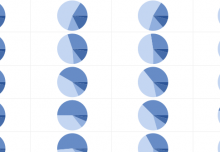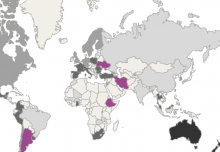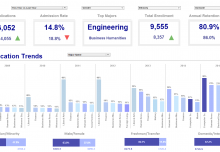When you think of business intelligence software, you may think it’s just for corporations looking for a competitive advantage. While useful for corporations, business intelligence has many use cases that extend beyond corporate walls. For example, business intelligence is benefiting higher education in several important ways.
Consider this, if you were running a college campus, would you want to know how your students are progressing? Would you want to know if the budget is on track? Would you want to be alerted if a program were at risk of losing funding early enough so that you could fix the problem?
According to an article published on Collegiate Project, An Introduction to Business Intelligence for Higher Education, “The purpose of business intelligence is to support the mission and goals of the institution through the enablement of fact-based decision making. Its popularity is growing within higher education as institutions address an increased demand for accountability and complex enterprise-wide requirements.”
What are colleges and universities using BI education analytics for? Below are but a few examples:
- Recruiting the best students – Colleges can run scenario analyses based on variables and acceptance criteria. With this type of information on available, it becomes possible to identify the best students and decide which ones to accept or deny.
- Evaluating the most effective learning methods – With BI education dashboards, you can compare test scores, grades, time spent using a given learning technology, and other factors to determine if a given learning method is effective.
- Monitoring reputation – Instead of waiting for the annual college ranking reports to come out, college administrators can conduct their own real time social media and big data analyses to get a better sense of student satisfaction and reputation.
- Identify at-risk students – Business intelligence can be used to identify at-risk students including students who are falling behind academically or financially. Using BI, administrators can explore historical data to learn what these students have in common. After administrators dig into the historical data, it may be possible to intervene with students with these risk factors.
These are but a few of the many ways that data analytics in higher education can benefit from business intelligence. The data is out there — how will you use it?
Works Cited:
1. EdTech, “What Can Business Intelligence Do for Higher Education?” – http://www.edtechmagazine.com/higher/article/2014/07/what-can-business-intelligence-do-higher-education
2. Collegiate Project, “An Introduction to Business Intelligence,” – http://www.collegiateproject.com/articles/An%20Introduction%20to%20Business%20Intelligence.pdf
3. University Business, “Business Intelligence Gets Smarter,” – http://www.universitybusiness.com/article/business-intelligence-gets-smarter



